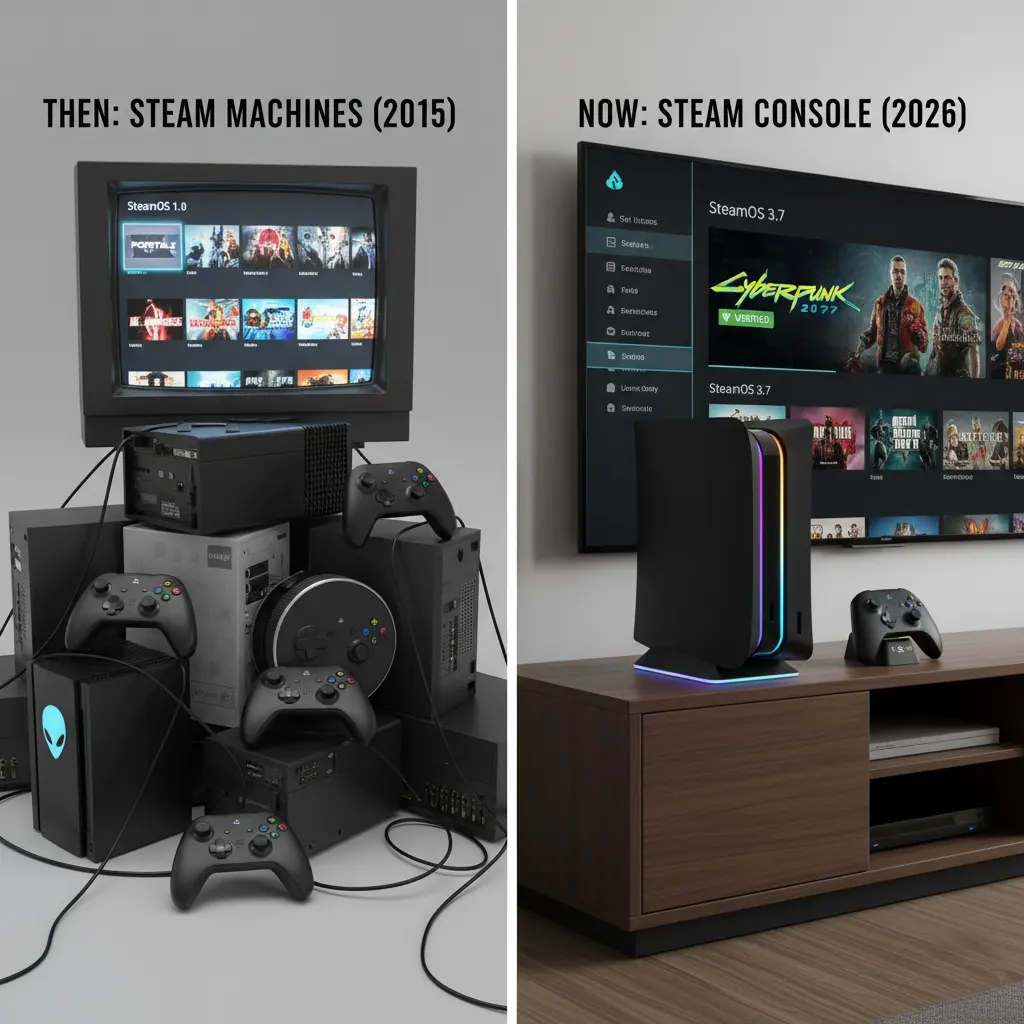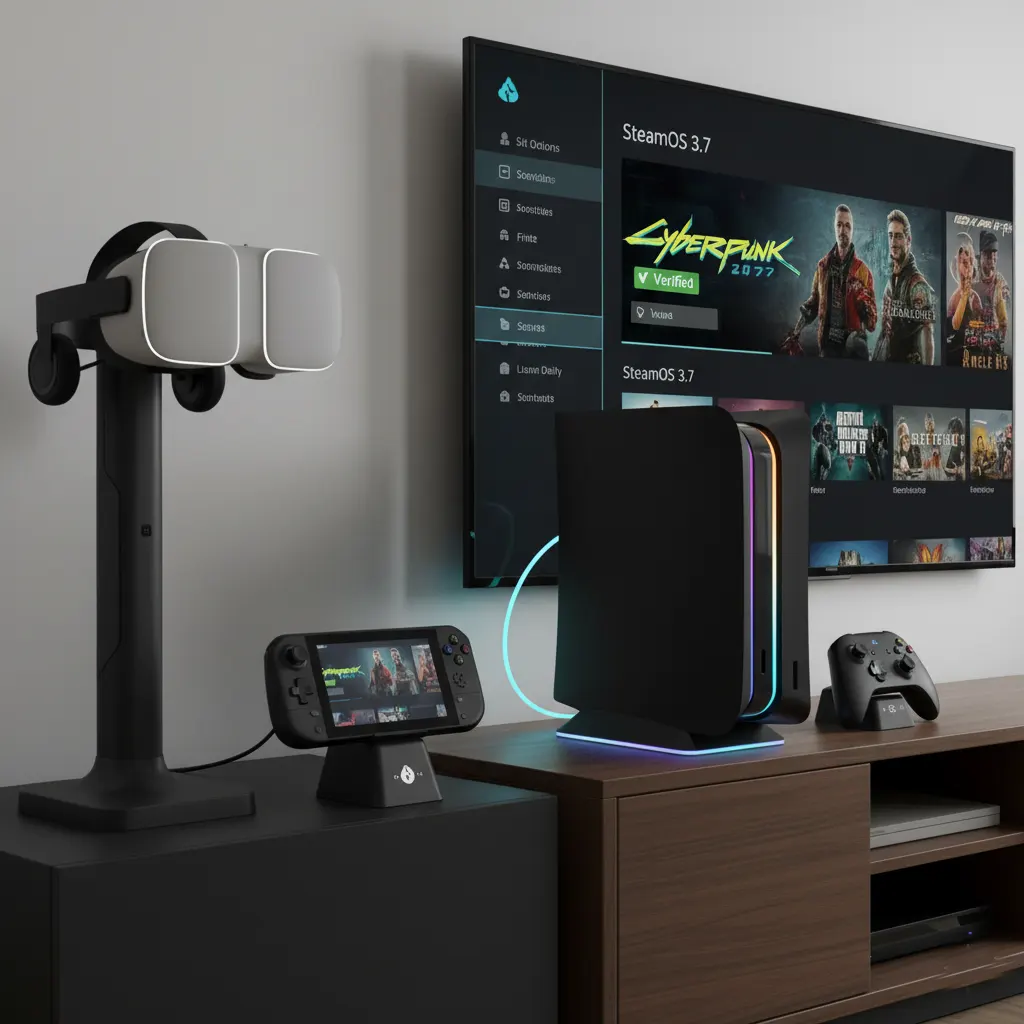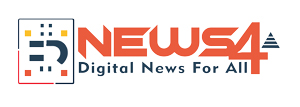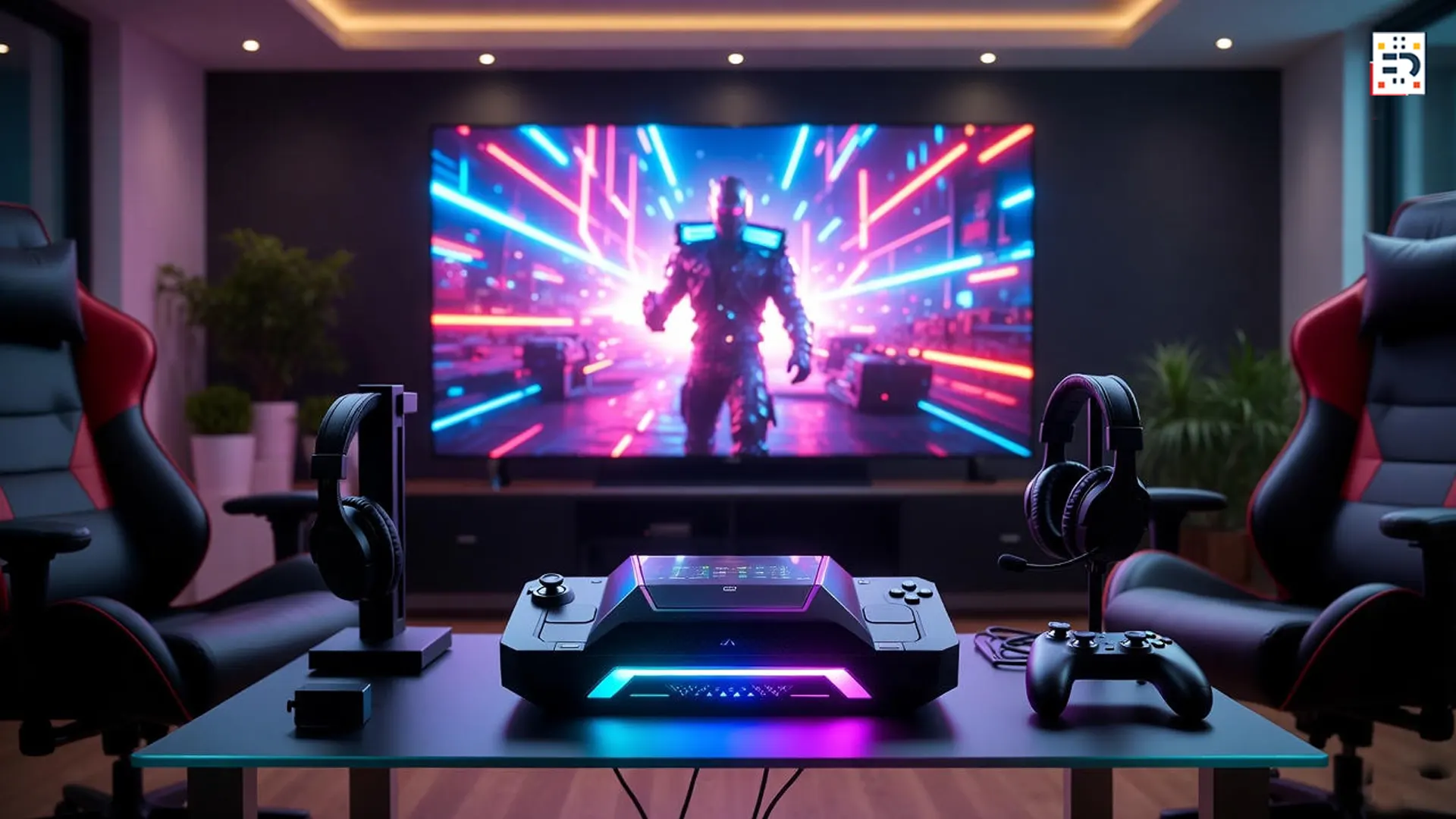Breaking News (November 2025): Valve has just announced the return of the Steam Machine—a compact gaming console set to launch in early 2026. This marks an incredible comeback for a platform that failed spectacularly just a decade ago.
When Valve first announced Steam Machines in 2013, the PC gaming world buzzed with anticipation. A Linux-based gaming console that would liberate gamers from Windows and bring Steam to the living room? Revolutionary. But by 2018, Steam Machines had quietly disappeared from Steam’s hardware section, victims of an ambitious vision that crashed against the harsh reality of Windows gaming dominance and fragmented hardware partnerships.
Fast forward to 2022, and something remarkable happened. The Steam Deck—essentially a handheld Steam Machine—became one of the most successful gaming devices in recent memory, generating over 330 million hours of gameplay in 2024 alone, a 64% increase over 2023. Same company. Same operating system concept. Wildly different outcome.
So what changed between catastrophic failure and triumphant success? The answer lies in a game-changing piece of software called Proton and a complete reimagining of what SteamOS could be.

The Original Sin of SteamOS 1.0
The first generation of SteamOS launched with a fatal flaw: it could only play Linux-native games. In 2015, that meant access to a few thousand titles in a Steam library that boasted over 6,500 games. Big-name releases like Grand Theft Auto V or The Witcher 3 either never came to Linux or arrived months late, if at all. Gamers who invested hundreds in a Steam Machine found themselves unable to play the majority of their existing library—a dealbreaker for mainstream adoption.
The hardware partners didn’t help matters. Steam Machines ranged from affordable but underpowered boxes to expensive boutique systems that cost more than building your own Windows gaming PC. Without a unified hardware vision, the “Steam Machine” brand meant nothing. It was just “Linux gaming” with extra steps and a premium price tag that made no sense to consumers.
Valve’s pitch—that you could break free from Microsoft’s grip on PC gaming—appealed to Linux enthusiasts and idealists but not to mainstream gamers. The value proposition collapsed the moment someone wanted to play their favorite AAA title and realized they’d need to dual-boot Windows anyway. Steam Machines became a cautionary tale about ambitious platforms launching without the software ecosystem to support them.
Enter Proton: The Translation Layer That Changed Everything
By 2018, Valve had learned its lesson. The problem wasn’t hardware—it was the massive software compatibility gap. That’s when they unveiled Proton, a compatibility layer built on Wine that could run Windows games on Linux without developers needing to port anything.
Proton was a game-changer in the most literal sense. Suddenly, thousands of Windows-exclusive titles could run on SteamOS. Not through dual-booting. Not through clunky virtual machines. Just click “Play” and it worked. Well, mostly—early Proton had its quirks and compatibility issues, but Valve invested heavily in making the experience seamless.

The timing proved crucial. By 2020, Proton had matured significantly through continuous updates and improvements. Anti-cheat systems like Easy Anti-Cheat and BattlEye began supporting Linux. Major titles from Elden Ring to Cyberpunk 2077 ran smoothly. As of 2024, approximately 90% of all Steam games are now playable on Linux through Proton—an astonishing achievement. The library compatibility that once measured in the low thousands now reaches tens of thousands of verified games.
With Proton 9.0 released in May 2024, Valve introduced enhanced support for high-core-count CPUs, expanded game compatibility, and improved performance optimizations. The latest updates continue to add support for newer titles, often within days of their Windows release.
Valve had solved the chicken-and-egg problem that killed the original Steam Machines. Developers didn’t need to support Linux anymore. Proton brought the games to Linux instead, creating a sustainable ecosystem without requiring industry-wide cooperation.
The Steam Deck: Vindication Through Perfect Execution
When Valve announced the Steam Deck in July 2021, skeptics immediately remembered the Steam Machine fiasco. “Here we go again,” many thought. But this time, Valve controlled the entire experience from silicon to software. One device. One specification. One unified vision.
The Steam Deck wasn’t positioned as a Windows replacement or a political statement about open-source gaming—it was simply a handheld console that happened to run SteamOS. Gamers didn’t need to understand Linux, compatibility layers, or technical specifications. They just needed to know they could play their Steam library on the go, and crucially, they could.
Thanks to Proton’s maturity, the Steam Deck verified thousands of games as “Playable” or “Verified” within its first year. Your existing library just worked. No rebuying games. No waiting for Linux ports. No compromise on the gaming experience you expected.
The device itself struck a perfect balance—powerful enough for modern AAA gaming, affordable enough for mass adoption at $399 for the base model (undercutting the Nintendo Switch OLED), and portable enough to justify its existence in a world already saturated with gaming devices. By late 2024, Valve reported the Steam Deck generated 330 million hours of playtime, representing a 64% increase from 2023—clear evidence of sustained user engagement beyond launch hype.

The Unexpected Revival and SteamOS 3.7
Here’s where the story gets really interesting. The Steam Deck’s success has inadvertently created the ecosystem that the original Steam Machines desperately needed but never had.
Third-party manufacturers like ASUS, Lenovo, and MSI now produce their own gaming handhelds, many of which are embracing SteamOS. In January 2025, Lenovo released the Legion Go S—the first official third-party handheld licensed to ship with SteamOS. This marks a historic moment: manufacturers now want SteamOS because the software actually works.
Valve has been actively preparing for this expansion. SteamOS 3.7, released in May 2025, added official support for non-Valve handhelds including improved input support for ASUS and Lenovo devices, power button functionality, and better hardware compatibility across the board. The operating system that once struggled to support Valve’s own hardware now seamlessly runs on competitors’ devices.
The ASUS ROG Ally launched with Windows, but the gaming community immediately demanded SteamOS support. Valve has indicated they’re open to licensing SteamOS to other hardware makers—the very business model that failed catastrophically a decade ago.
The difference? This time, manufacturers are begging to join because Proton has created an environment where Windows isn’t mandatory. Developers don’t need convincing because their games already run. The network effects are finally pointing in Linux gaming’s favor, driven by user demand rather than corporate partnerships.
What Valve Learned: The Three Pillars of Success
The Steam Machine’s failure and the Steam Deck’s triumph taught Valve three critical lessons that apply to any platform launch:
1. Control the Hardware Experience By designing the Steam Deck themselves, Valve ensured a consistent, optimized experience. No more confusion about which Steam Machine to buy or whether it would work well. Every Steam Deck owner gets the same reliable experience, building trust and positive word-of-mouth.
2. Solve Compatibility First, Launch Hardware Second Proton came years before the Steam Deck, not after. Valve spent from 2018 to 2022 making Windows games work seamlessly on Linux before asking consumers to trust the platform. By launch day, the software ecosystem was ready—over 90% of Steam’s library runs on Linux today.
3. Meet Users Where They Are The Steam Deck doesn’t demand that you abandon Windows. If you prefer, you can install Windows on it—or even set up a dual-boot configuration. It also works perfectly well as a traditional PC. While it’s a Steam console first and a Linux device second, most users never think about the operating system at all. This pragmatic approach eliminates ideological barriers to adoption.
These lessons represent a fundamental shift in Valve’s hardware strategy—from trying to force a revolution to creating products so compelling that the revolution becomes inevitable.
The Future of SteamOS: Steam Machine 2.0 Arrives in 2026
Breaking: November 12, 2025 — Valve has officially announced the Steam Machine, a compact gaming console set to launch in early 2026. This isn’t a rebranded Steam Deck—it’s a genuine living room console manufactured entirely by Valve.

The new Steam Machine represents everything the 2015 version should have been:
- Unified Hardware: One device, manufactured by Valve, with clear specifications
- Serious Performance: 6-core AMD Zen 4 CPU, 28-compute-unit RDNA3 GPU, targeting 4K gaming at 60 FPS with FSR upscaling—roughly 6x more powerful than Steam Deck
- Complete Ecosystem: Works with the new Steam Controller, Steam Deck, and the newly announced Steam Frame VR headset
- Mature Software: Runs SteamOS 3.0 with full Proton compatibility—thousands of verified games on day one
- Competitive Pricing: Expected to launch under $600, positioning it competitively against PlayStation 5 and Xbox Series X
According to Valve’s announcement, the console features 16GB DDR5 RAM, 8GB GDDR6 VRAM, DisplayPort 1.4 (up to 4K 240Hz), HDMI 2.0 (up to 4K 120Hz), WiFi 6E, Bluetooth 5.3, and both 512GB and 2TB storage options. The device sports a customizable RGB LED strip and removable faceplate—making it both powerful and personalizable.
The timing couldn’t be better. With Proton mature, SteamOS expanding to third-party devices, and Linux gaming market share approaching 3% of all Steam users, Valve finally has the leverage with anti-cheat developers, GPU manufacturers, and game publishers that it lacked in 2015. Linux gaming isn’t a curiosity anymore—it’s a platform with millions of active users and growing momentum.
Pierre-Loup Griffais, Valve’s software engineer, confirmed in a recent interview that Valve is waiting for truly next-generation silicon before launching a Steam Deck 2, suggesting a 2027 or later release. In the meantime, the Steam Machine fills the living room gaming niche while the Steam Deck continues dominating the handheld market.
The Comeback Story PC Gaming Deserved
The Steam Deck’s success and the Steam Machine’s 2026 return represent more than good hardware—they’re validation that Valve’s original 2013 vision for SteamOS was right, just premature by about a decade. Sometimes the difference between a failed experiment and an industry-shaking innovation is simply timing, execution, and having the patience to solve fundamental problems before pushing products to market.
The original Steam Machines tried to force a revolution through third-party partnerships and hope. The Steam Deck evolved the platform methodically—fixing Proton, perfecting the hardware, building community trust—until the revolution became inevitable. The new Steam Machine launches with advantages its predecessor could only dream of: a proven operating system, massive game compatibility, third-party hardware support, and most importantly, a community of millions who already trust SteamOS.
The irony is delicious: Microsoft spent the 2010s trying to create a unified Windows ecosystem across Xbox and PC, largely abandoning that vision. Meanwhile, Valve has built a thriving Linux gaming platform that runs Windows games better than many Windows devices, creating the very unified gaming ecosystem Microsoft envisioned—just without Windows.
As we approach 2026, Valve’s hardware lineup includes the Steam Deck handheld, the Steam Machine console, the Steam Frame VR headset, and a new Steam Controller—all running SteamOS, all compatible with each other, all playing the same massive library of games. It’s the cohesive ecosystem that seemed impossible in 2015.
The OS that couldn’t has become the OS that can—and that’s a comeback story worth celebrating, whether you’re a Linux advocate, a PC gaming enthusiast, or just someone who appreciates when companies learn from failure and come back stronger.
#SteamMachine #SteamDeck #SteamOS #Proton #ValveGaming #PCGaming #LinuxGaming #GamingConsole #HandheldGaming #GamingTech #GamingNews #SteamGames #PCGamer #AMD


